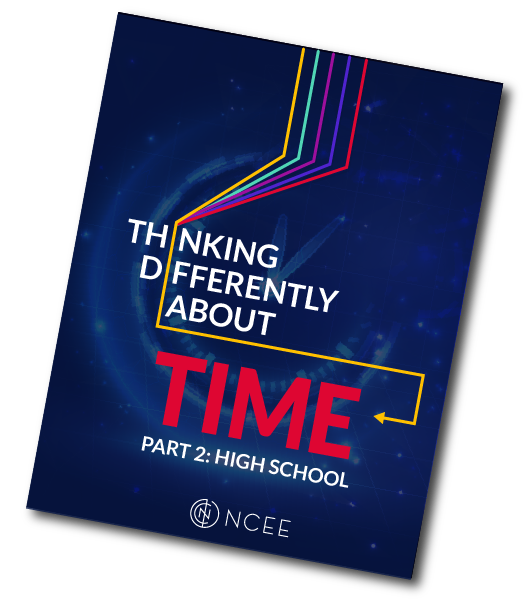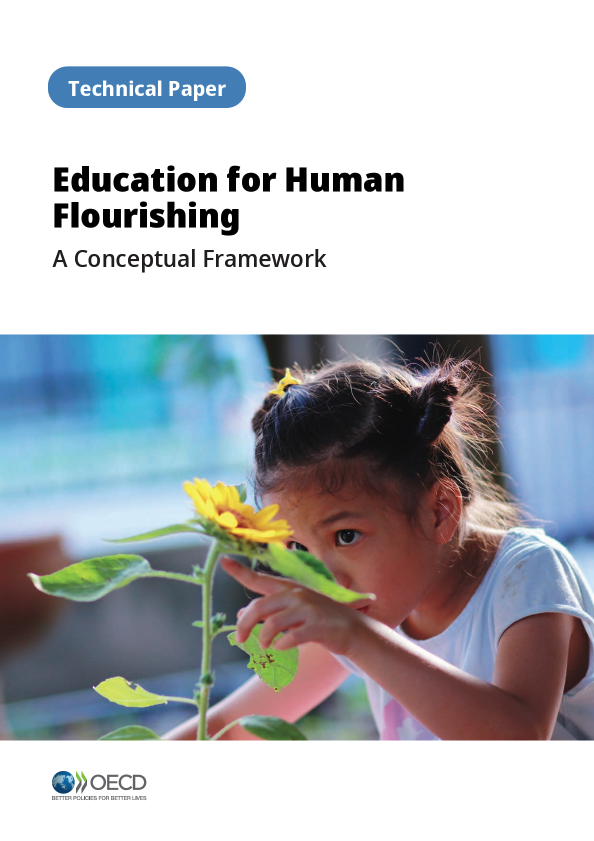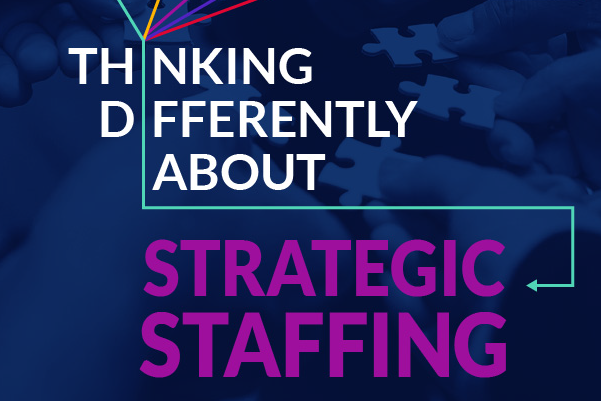Welcome to the Thinking Differently About… series from NCEE. This series offers a different perspective on things we think about a lot in education. It’s primarily for education system designers and is meant to inspire, while also presenting global policies and practices that provide insights into how to improve success for students in the United States.
This is the second brief in a two part series on use of time in education. The first brief focused on how time is allocated in grades 1–9, and in this brief, we focus on upper secondary school (grades 10-12 in the United States).
The United States has begun to reimagine high school, but many of our our high school innovations occur with well-established boundaries: students spend four years in high school with the majority of time in general education classes, and they end their K–12 journey with a high school diploma. In this brief we think very differently about the choices high school students have for their learning journeys, and the support they are given along the way.
For an in-depth look at how the policies in this brief come to life, explore our case study of high school programs in Solothurn, Switzerland featuring four student journeys.
In this brief, we look at how leading systems think differently about time in upper secondary in five areas:
- Thinking differently about options. What kind of programs are offered to high school students? How do they vary in terms of length, focus, credentials and approach to learning? Can students change their mind?
- Thinking differently about choice. How are students supported to make informed choices?
- Thinking differently about flexibility. How is time used to personalize programs and pathways for students?
- Thinking differently about partnerships. How do high schools partner with other agencies and institutions to design and deliver programs?
- Thinking differently about teachers. How do profiles of teachers vary across programs? How does time spent preparing and teaching differ?
For each topic in this series, we:
- Surface thought-provoking observations about ways these systems approach things differently.
- Offer interesting examples of what global leaders do differently and how states and districts here at home are implementing similar strategies.
- Ask probing questions about the potential for thinking differently and what the policy implications might be.
Also in the Thinking Differently About…series:
Case Study: Four Student Journeys
To see some of these new ideas in action, we followed four students in Solothurn, Switzerland, whose unique learning journeys show how flexibility and choice create real opportunities for young people.
Find out how Masha switched teacher training programs midstream to a more hands-on program without losing progress. Read about Hariharan, a 16-year-old who balances a SwissBank apprenticeship with pre-university coursework. See how Weronika thrives in an advanced, self-directed biochemistry track in high school. And discover how Kiril is leveraging a hands-on apprenticeship in automation engineering toward a university pathway. All four are in our Case Study: Student Journeys.






